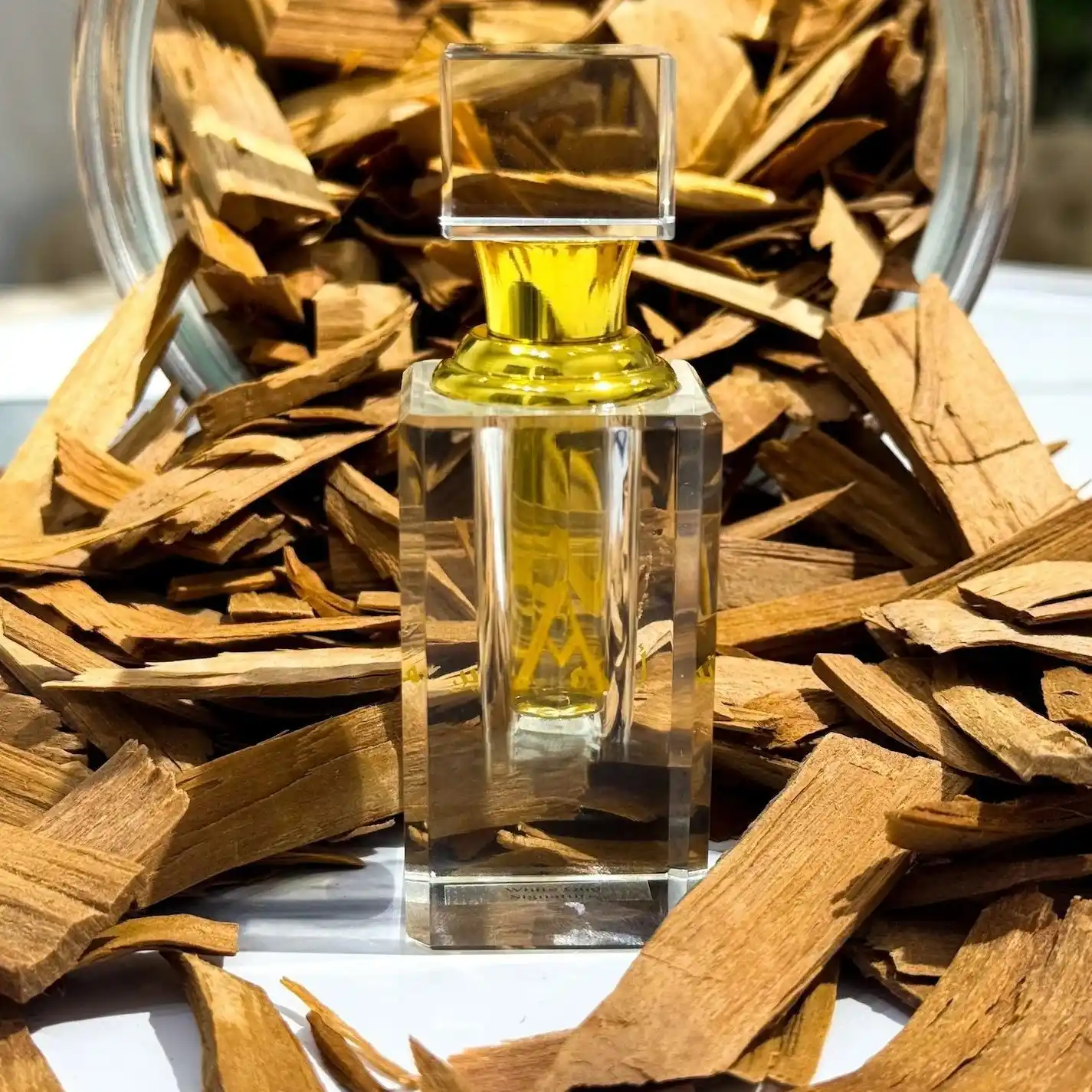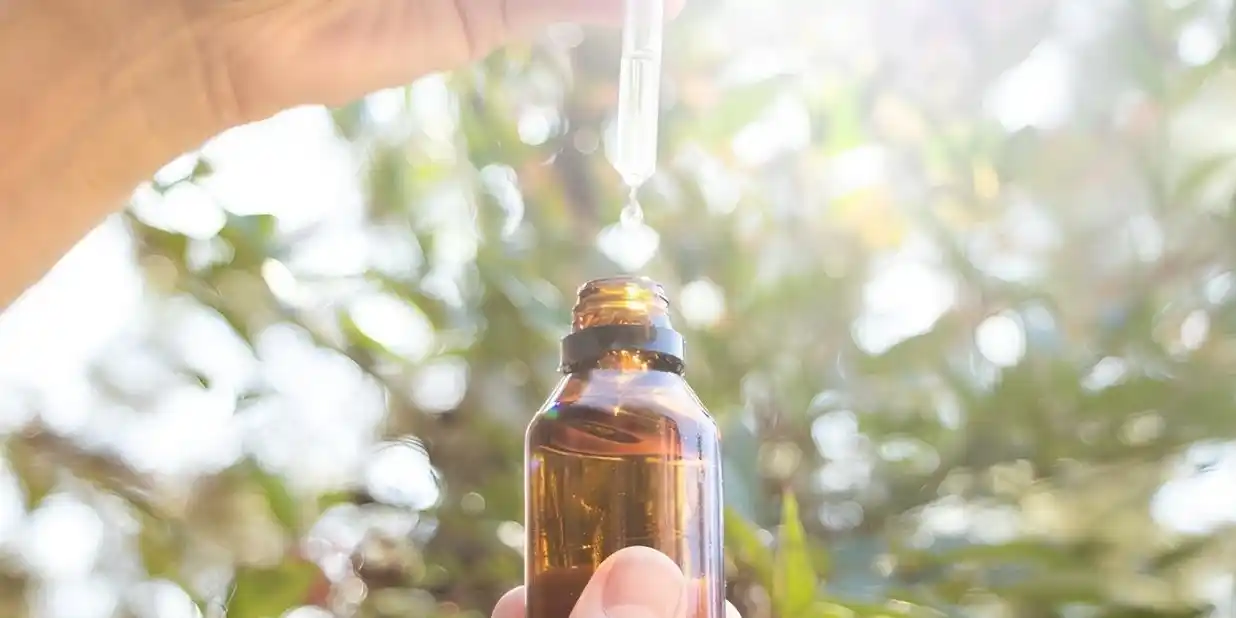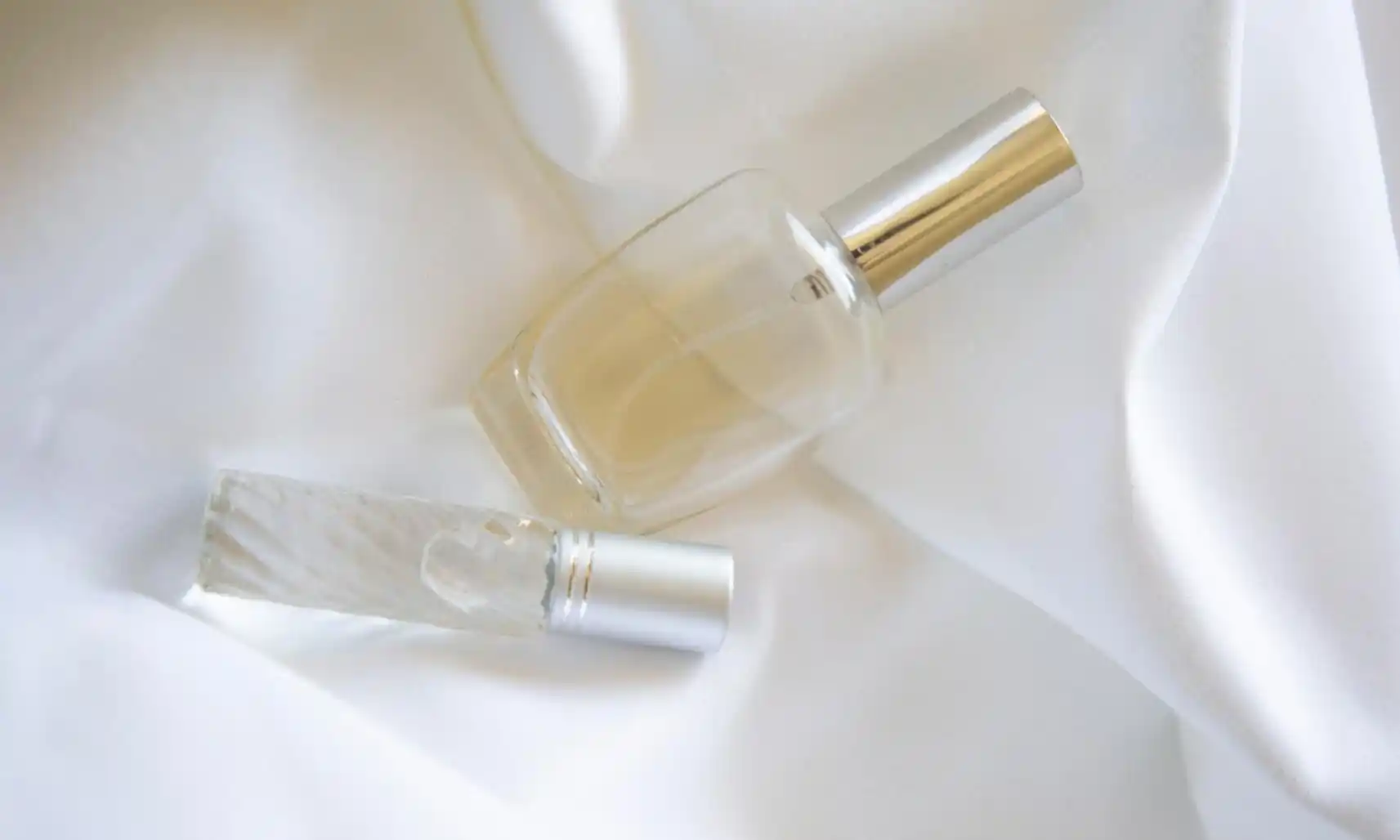



You’re selling scent in places where heat hits early and humidity hangs all day—Kuala Lumpur, Singapore, Bangkok, Jakarta, Dubai-in-summer. In that weather, perfume doesn’t behave “by the book.” Alcohol flashes faster. Sweat and moisture change the trail. Skin can feel irritated. So the question isn’t abstract. It’s real: Fragrance oils or Eau de Parfum (EDP)—which format actually works better?
Short answer: neither “wins” outright. They’re tools. Pick by climate, use-case, audience, and channel. Often, the best play is both: EDP for instant lift, oil for long, close-to-skin hold.
Heat speeds evaporation. Humidity pushes the top notes loud, then drops them fast. In tropical cities, the opening can roar, then the drydown thins sooner than you expect. Sweat adds one more variable: it dilutes alcohol on skin and can skew how citrus, aquatics, and florals read.
What this means for you

| Factor (Tropical) | Fragrance Oils (Oil-based) | Eau de Parfum (Alcohol-based) |
|---|---|---|
| Evaporation curve | Slow, controlled release; stable drydown | Fast opening, bigger first impression; quicker fade in heat |
| Sillage / projection | Low to moderate; close halo | Moderate to strong; attention-catching at first |
| Humidity interaction | Less diluted by sweat; holds steady on warm skin | Sweat + moisture can thin the trail; may feel “shouty” then vanish |
| Skin comfort | No alcohol; friendly for sun-exposed or sensitive skin | Alcohol can tingle on hot days; fine for most, but watch irritation |
| Cultural fit (Halal) | No alcohol; better fit in Muslim markets | Contains alcohol; acceptability varies by region |
| Usage learning curve | Needs education: “dab less, pulse points, hairline, fabrics” | Easy: “spray and go,” familiar to mass consumers |
| Retail testing | Subtle on blotters; best on skin | Pops immediately on blotters and in-store air |
| Layering | Excellent as a “primer” to anchor EDP | Excellent as a “top layer” for lift and trail |
Tip: Don’t over-apply oils. Tiny amount does the job; otherwise it can feel heavy in muggy air.
Two words matter in your briefs: sillage (the trail) and drydown (what’s left hours later). In humid weather:
EDP typically packs a higher perfume concentration than EDT. That helps in steamy weather because more oil phase = more lasting power. But the alcohol base still drives diffusion—great for entrance impact, not always great for staying power under noon sun.
If you’re building an alcohol spray for humid markets:
For spray development and oil base alignment, explore Fine Fragrance and make sure your oil core is tuned for the solvent system you’ll use.

Oil formats shine in markets where no alcohol is preferred, where people scent headscarves, abayas, inner collars, and where skin gets sun and salt daily. Oils feel gentler, wear quieter, and last close.
If you’re targeting attar, oud, or Middle-Eastern/SEA tastes, browse Arabian Attar & Oud Bases: Formulation Guide for OEM/ODM to see how dense cores can be tuned to tropical wear without turning syrupy.
Layering is your friend and your upsell.
This also reduces complaints like “too strong at first” or “gone in an hour.” And yes, it cuts returns. It’s not always work like that, but often.
| Segment / Scenario | Climate Reality | Better Fit | Why |
|---|---|---|---|
| Office, healthcare, worship | A/C + humidity outside | Oil or light EDP | Discreet halo, polite trail |
| Malls, hotel lobbies, retail demo | High footfall, mixed temps | EDP | Pops on first spray, easy sampling |
| Outdoor events, festivals | Heat + sweat + crowds | Oil + EDP layering | Hold + throw, reduced re-spray |
| Spa & wellness | Calm, skin-first | Oil | Sensory comfort, massage-friendly |
| Candles & air care | Hot climate storage/use | Specialized oils | Stability + hot/cold throw control |
| Hair & fabric scenting | Heat, friction | Oil (micro-dose) | Grip without over-wetting |
| Halal-focused retail | Alcohol-sensitive | Oil | Compliance + cultural fit |
To source, start with Fragrance Oils for product-ready accords across personal care, home care, and air care.
If you need a partner who can move fast and keep paperwork clean, meet I’SCENT—OEM/ODM Fragrance Oil & Perfume Raw Materials Manufacturer.
Want a simple breakdown of routes to market? See Perfume Oil OEM/ODM Customized Manufacturer. If you’re choosing between private-label speed and deep OEM control, skim Formulation Guide for OEM/ODM.
Humid markets often mean broader application mix—body, hair, fabric, space. Each sits in a different IFRA Category with different maximums. Get those caps right early; it saves relabels and delays later. For a no-nonsense explainer, bookmark the IFRA limits & category cheat sheet.
Labeling sanity-check:

If you need air-care or hospitality expansions, visit Air Care. For F&B-adjacent aromatics (bakery, beverage aromatics), see Food & Beverage Fragrance Oils.
Use-case: where it’s worn (indoor/outdoor), distance target (near-field vs public).
Climate profile: day/night temp, RH, A/C exposure.
Format: oil, spray, or both (with a layering plan).
Sillage target: low/medium/high; specify first 30 min vs 4-hour mark.
Allergen & IFRA gates: list regions and categories.
Stability: heat/humidity testing plan, fabric/hair checks.
Rollout: testers, discovery sets, and sampling flow.
Drop this brief to the team via Contact I’SCENT and they’ll turn it into a build plan.
When you sell into humid markets, speed and consistency are your moat. Faster sampling closes the gap between lab idea and first PO. Low MOQs let you test SKUs without warehouse pain. ERP traceability keeps audits quiet. And clean IFRA/COA/MSDS packs avoid customs drama.
That’s why many brands spin a two-format strategy:
It broadens your funnel and reduces returns. It also lets you tailor to cultural norms without rebuilding your whole brand voice.
For more tactical posts, swing by the Blog—formulas, category caps, and launch checklists without fluff.